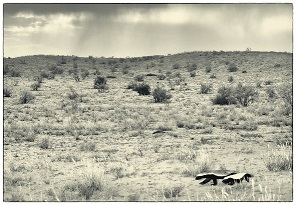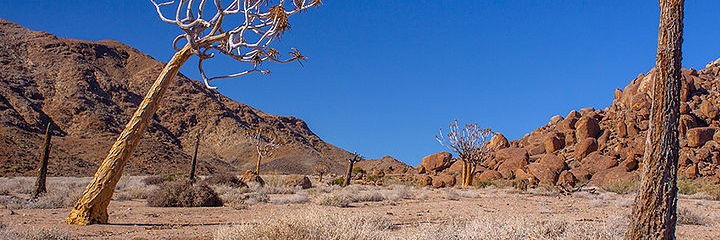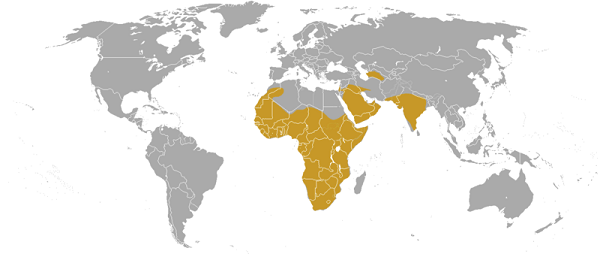Home Sweet Home: The Honey Badger's Habitat
With the badger being Wisconsin’s state
animal, many may believe that the honey badger could be found right
in our own backyards. The honey badger, however, is a whole
different breed that requires much warmer climates for survival.
Honey badger populations are typically found within the Southern
African area, though it has been found tat some populations have
spread to the Arabian, Iran, and Western Asian habitats (Verwey et
al. 2004, Begg et al. 2005) The honey badger is part of a
diverse community of species including various predators or mammals
such as
zebras or African
elephants. In general, the most populated area of
honey badgers is typically within African Saharan environments. Its
preferred niche typically consists of dry grasslands or deserts,
though the honey badger has the innate ability to adapt to a variety
of environments including mountainous areas (Mueller, 2014). From
the looks of it, this species could potentially survive anywhere!
The honey badger even has the ability to strive in forest
environments with adaptations to swimming in marshes and even tree
climbing. Their most preferred environment is typically skewed
towards drier areas.

To survive within these typically hot and dry
terrains, the honey badger digs tunnels generally about 9 feet in length and roughly 5
feet deep (Mueller, 2014). The honey badger digs out these burrows
into the dusty soil and ultimately creates a chamber at the end of
the tunnel where it can rest during the day (“Honey Badger”, 2014).
Honey badgers may form these tunnels/homes in a variety of different
places such as crannies between rocks, openings beneath larger tree
roots, or even uninhabited aardvark dens (“Honey Badger”, 2014).
When out of their burrows, honey badgers do tend to maintain rather
wide ranges of interactions. The male species generally spans out in
an area of roughly 200 square miles from its original den. The
female honey badgers in general maintain a smaller area of
inhabitance spanning generally 50 square miles. Comparing these home
ranges to the badgers we find here in Wisconsin, the North American
badger’s home only spans about 1 square mile (Mueller, 2014).
Within the honey badgers habitat, there is a vast range of other organisms that it may encounter. Being within an African habitat, the honey badger may encounter various large predators such as lions, hyenas, and a range of reptiles. Within its habitat, the main prey consumed general consists of smaller mammals such as rats or the juveniles of the larger mammals, various birds, reptiles such as lizards or snakes, arthropods such as scorpions or insects, and bee hives as well! (“Honey Badger (Ratel)”, 2014) The honey badger environment truly contains a wide range of species to interact with. More about the honey badger's diet can be seen at the Nutrition page.
To find out more
about how the honey badger has adapted to its environment, please visit our
Adaptations page!

